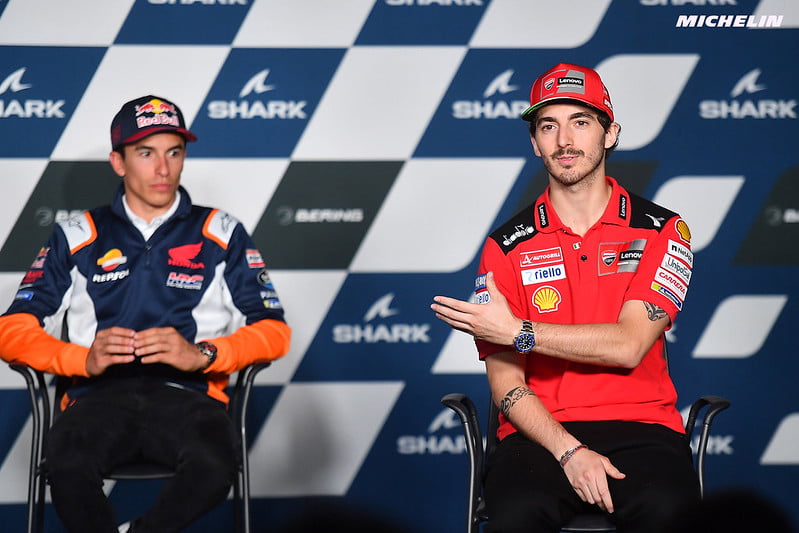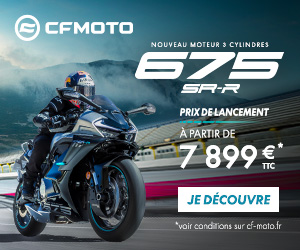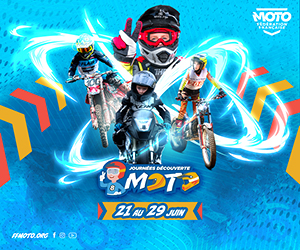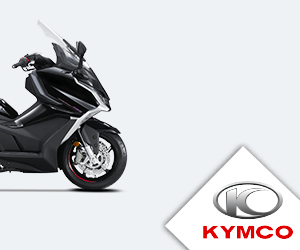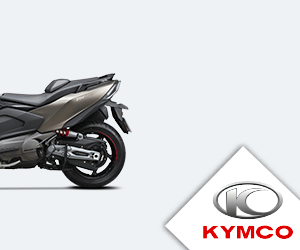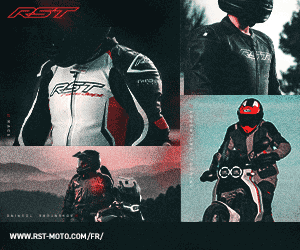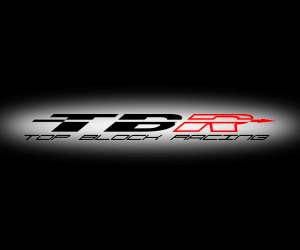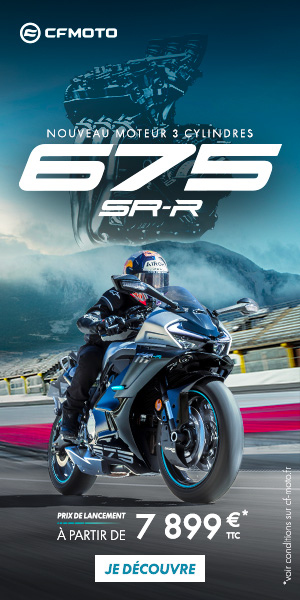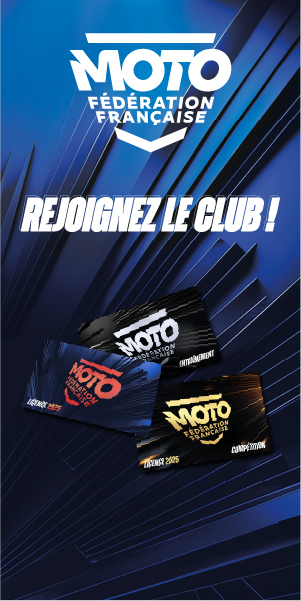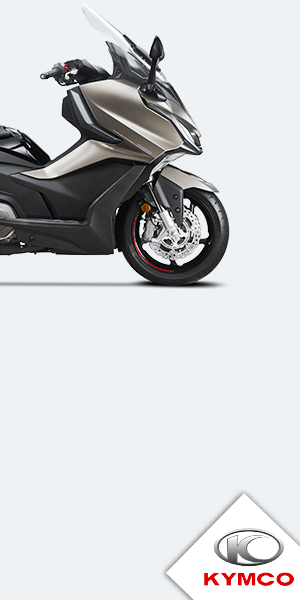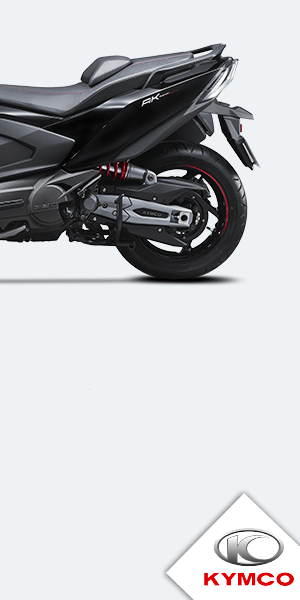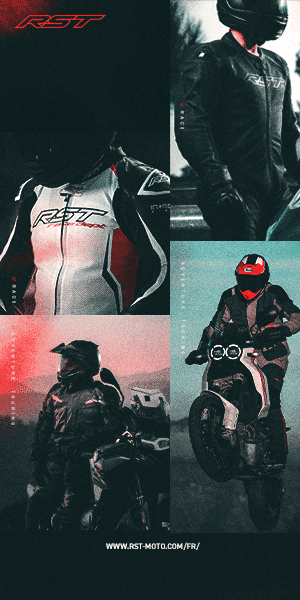As part of my 400th article, I decided to return to a latent problem affecting the MotoGP ecosystem. Indeed, we are going to discuss a subject never discussed before: the renewal of the environment in Grands Prix.
I) What is it?
Ecosystem renewal is a subject that affects all professional sports, without exception. To put it simply, it is all the means implemented by the organizers (through the regulations) in order to maintain a coherent and competitive environment over the long term. In football, the league system allows for rotation of teams within the highest-rated divisions. The relegation/promotion phenomenon is common in Europe, including in motor sports for drivers. In the United States, it's different. The teams are franchised and once created, cannot be dislodged unless they voluntarily withdraw. The “draft” system compensates by injecting new talent every year.
In short, there are different ways to sustainably maintain competition within a league or championship, with the aim of avoiding any excessive domination. Here, we are not going to discuss this precious balance related to participating entities, for several reasons. First of all, the history of motor sports is marked by domination linked to manufacturers.
The activity is very expensive, and “no one can stop anyone from spending their money”. Secondly, DORNA has worked extensively on this since
the introduction of CRT/Open, then the single ECU in 2016. Remember that we have had four different manufacturers titled in the drivers' championship over the last four years, a new record. Concessions and various aids allow the smallest teams to compete with the biggest budgets.
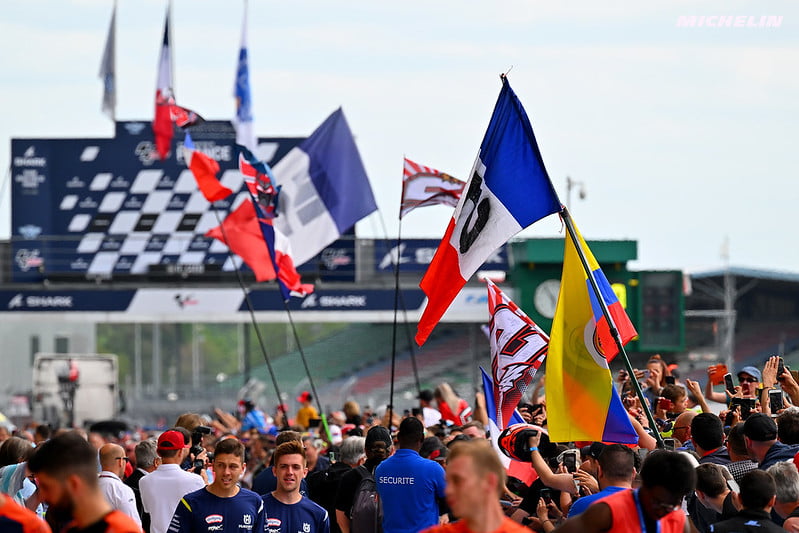
Renewal is absolutely essential in maintaining the show. It must be kept in mind that successive drivers at the top do not create idols or establish a long-term fan base. Photo: Michelin Motorsport
II) But then, what is the problem?
Who, in fact, is making this environment evolve? The pilots. And a huge change is taking place from this point of view. This is what we are going to talk about. The fact that KTM parted ways with a Moto2 champion a year after his accession to the premier class is problematic, regardless of his result. It's almost impossible to believe, but there are too many excellent drivers in Grand Prix racing. While this is a good thing for the show, it could well become a problem in the long run. Explanations.
Everything starts, once again, from 2016 and the introduction of standardized electronics. From now on, everyone, or almost everyone, can compete for the podium. As of 2016, we had nine different winning drivers, a record equaled in 2020. This year, no less than 14 drivers entered the box, spread across the six brands that occupy the grid.
In Moto2, the future of MotoGP, we are pushing hard. Just this season,
Augusto Fernandez, Celestino Vietti, Ai Ogura, Alonso Lopez et Tony Arbolino burst the screen without mentioning the prodigy Peter Acosta. The young people are getting stronger and stronger, and the MotoGP grid has a limited number of places. You can well imagine the problem this poses. In fact, the transition has already begun. As proof, the average age of the premier category is only decreasing and, without us being able to do anything about it, will continue to decline in the coming years. So, yes, we are happy to see a handful of young guns competing for victory in their first and second year, something impossible to imagine 10 years ago.
But how are we going to control this new wave? Until now, the environment was rather stable but the Gardner case alerts us. His season, as sluggish as it was, was only his first in MotoGP. Raúl Fernández also experienced setbacks. But this is completely normal, especially on such a recalcitrant machine. At the start of the year, we questioned the level of this rookie vintage, but we were also victims of the illusion. No,
Jorge Martín is not “normal”, any more than bastianini, Brad Binder ou
fabio quartararo.
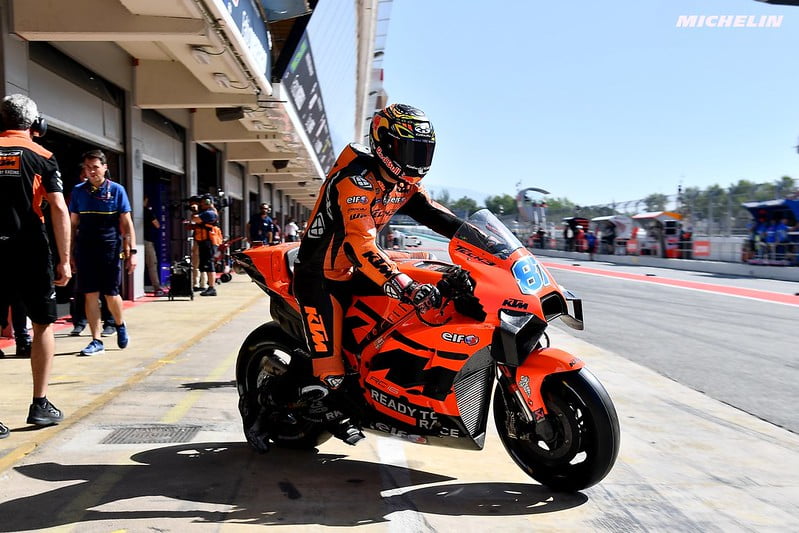
The Gardner case is quite difficult to swallow, he who had a dominant season last year marked by five victories, two poles and three fastest laps in the race. Photo: Michelin Motorsport
The rookies and other juniors (in their second year) are crazy fast and have almost no faults on bikes that are ever faster, more stable and sharper.
Why are we so hard on Jorge Martín? He doesn't even have 35 Grands Prix under his belt, but should be fighting for the podium in the championship, even though he already has nine poles and astonishing speed. Still happy he makes mistakes! It's the same thing for the other drivers mentioned above, who were strong from the moment they arrived.
III) Why it is dangerous
In reality, there is little DORNA can do to thwart the talent of young people. On the other hand, measures can be taken to avoid getting closer, once again, to the model at work in Formula 1. Because that's where we want to comer. Today, Remy Gardner can't find handlebars in MotoGP. Tomorrow we will exclude Augusto Fernandez in the middle of the season to replace it with a Peter Acosta, And so on ? If bastianini can't hold the sugar high bagnaia, will he be demoted to Pramac after a year to bring in a Martín or another driver even younger, even faster? If someone else is Moto2 world champion but without shining like Acosta ou Gardner, will he be pushed back into the premier category as the Formula 2 world champion often is?
Affiliate programs (KTM/Ajo, Pramac/Ducati Corse) are partly “responsible” for these actions, exactly as in Formula 1. KTM has been cultivating its talents since Moto3, but has more than they need. Attention ! This is nothing new, and it wasn't uncommon to see Honda Repsol (in particular) and even Yamaha sign giants before they matured. Despite everything, the phenomenon is more widespread today.
All of this means that if you are not able to make the podium even in your second year, then your place is in jeopardy. The fact that the talent of Johann zarco
is sometimes called into question by fans is characteristic of the evolution of mentalities. In fact, the Frenchman is still very good despite his lackluster end to the season and obviously, he has his place in MotoGP.
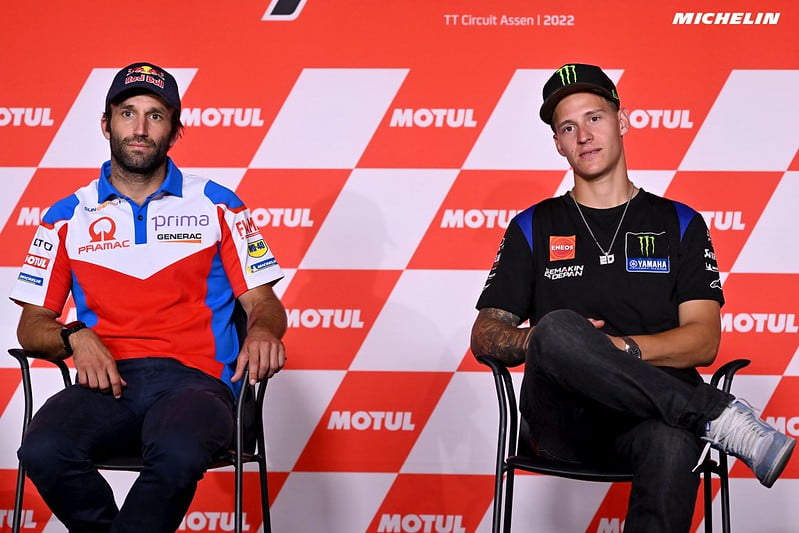
Quartararo and Zarco are two sides of the same coin. Both talented, fast and with impressive intrinsic qualities. However, one is an example of precocity, while the other cut his teeth for almost 10 years in Grands Prix before arriving in MotoGP. In a balanced environment, Zarco shouldn't even worry about his extension. Photo: Michelin Motorsport
But will that be enough in the face of Acosta,
Arbolino, or a new genius of which we are not yet aware? Let's hope that the Formula 1 model, with all that it entails (unfair contract terminations, promotion and relegation to sister team mid-season, sponsored careers since the age of four) does not manifest itself, because it is today one of the weak points of this sport.
Conclusion:
Finding solutions is quite perilous because once Pandora's box is opened, it is difficult to turn back.
Controlling the fertility of such an organization, quasi-cultural in certain regions, is de facto
impossible, talent exists and must be expressed. However, before the single ECU, it was normal for a rookie to struggle, and sometimes, he could achieve a brilliant coup, then hope to sign for a more successful team and this time play for the win. Switching back to a more expensive model is probably too dangerous for the balance of the brands this time, but we could easily imagine a more marked difference between the factory teams and the satellites. Young people no longer have the right to make mistakes. The case of Fabio DiGiannantonio is glaring, he who declared not to have as much pleasure as expected and to endure an ultimately difficult season when in fact it is not, he is learning.
In any case, this is an important point to monitor in the coming years. What do you think of the thorny question? Tell us in the comments.
For my part, I want to thank you again, as well as your unwavering support for this section. It's a real pleasure to write these articles, and it's even more pleasant to read the comments.
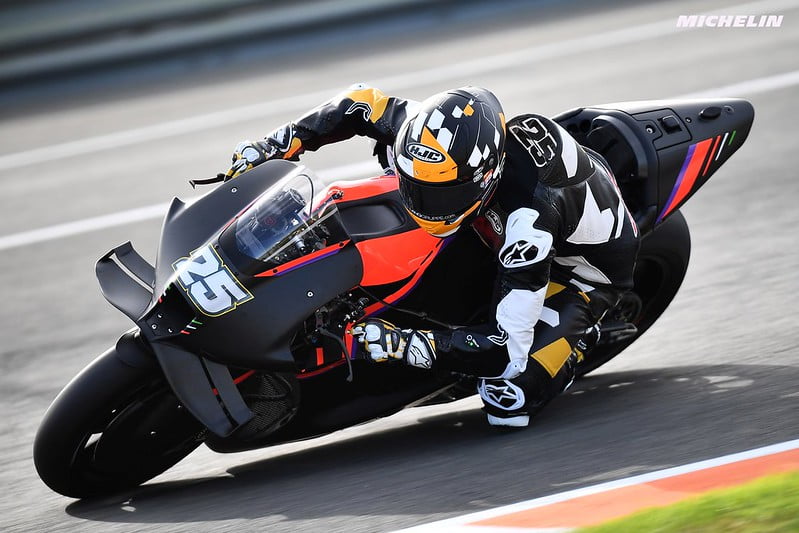
Fortunately, Raúl Fernández is saved for 2023. But with an Aprilia questionable at the end of the year, let's hope he can bounce back. Photo: Michelin Motorsport
Cover photo: Michelin Motorsport












